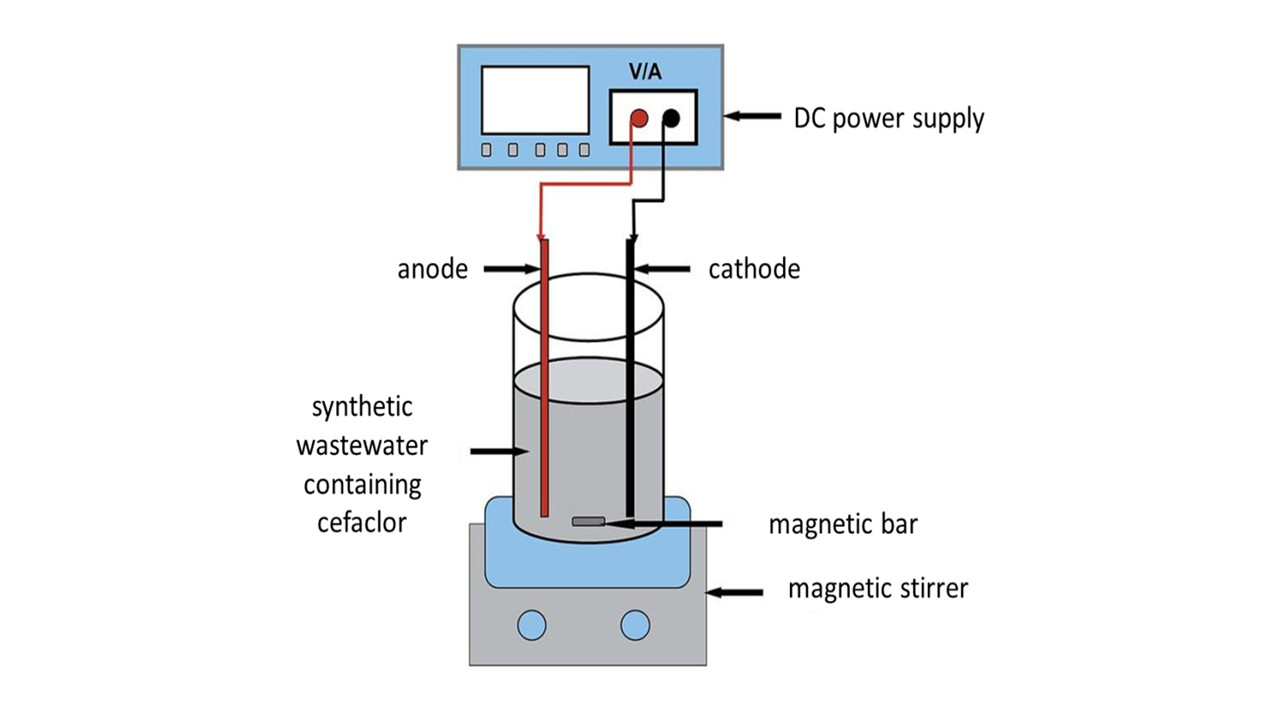- gnest_03267_published.pdf
-
Paper IDgnest_03267
-
Paper statusPublished

At this study, electrochemical oxidation of cefaclor antibiotic was investigated with new generation Sn/Sb/Ni-Ti anodes. Platinized titanium was used as cathode material. Chemical oxygen demand (COD), total organic carbon (TOC) and cefaclor (CEF) active substance parameters were used to evaluate the process efficiency. Salt (KCl) addition (mg L-1), pH value, current density (mA cm-2) and reaction time (minute) were the factors controlling the reactions. Kinetic evaluations were performed during the application of electrochemical oxidation processes to obtain pseudo-first degree kinetics. 750 mg L-1 KCl, pH 7 and 50 mA cm-2 current density were found as the optimum conditions at room temperature (25 °C). Thus, ≤ % 99 removal efficiencies were found for COD and TOC parameters after 60 min reaction and complete mineralization of CEF was occured in just 30 min at the optimum conditions. Consequently, Sn/Sb/Ni-Ti anodes were found very useful and successful for cefaclor oxidation and mineralization. The advantages of the processes are, complete mineralization at shorter reaction time with low current densities and there is no need to pH arrangement.
Total file downloads: 6